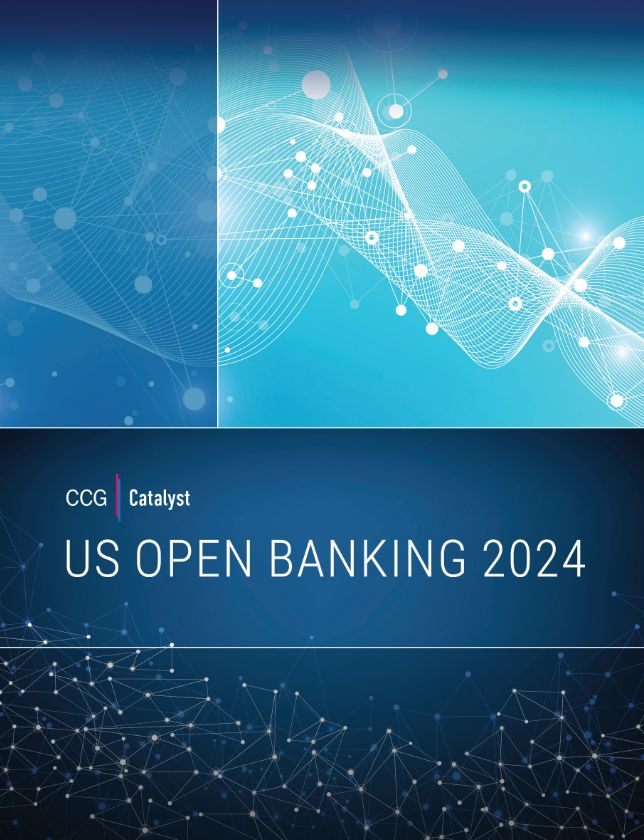US Open Banking 2024
With the long-awaited release of the Consumer Financial Protection Bureau’s (CFPB’s) proposed open banking rule, the US is one step closer to requiring that financial institutions (FIs) securely share certain financial data with third parties at their customers’ request. This report looks at how we got here, the rule’s implications, practical considerations, and what to do next.
Key Findings

- Data connectivity between consumers’ FIs and fintechs they use for products and services has existed for years with the support of infrastructure services providers. The explosive growth of consumer fintech in the 2010s accelerated this trend.
- The CFPB’s rule as written will enforce open banking for checking, savings, and credit card accounts, prepaid cards, and digital wallets; require application programming interfaces (APIs) and a developer interface; and effectively ban screen-scraping and credential sharing.
- The rule will create compliance challenges for FIs, which would be required to provide data they may not want to or in a way that requires infrastructure they might not have. Few have large technology budgets and most rely heavily on vendors.
- Richer experiences driven by open banking are on the horizon. Complete, up-to-date cash flow data could make holistic insights a reality. Other use cases could include fraud mitigation and risk assessment for account-to-account payments.
- Open finance — securely sharing data from beyond banking — may be coming. The CFPB is watching and waiting to see what the industry does before making a move.
- Fintechs can celebrate the progress in their favor and continue to build products and services that use consumer-permissioned financial data. Aggregators can continue to add value to shared financial data. FIs must prepare to comply.

